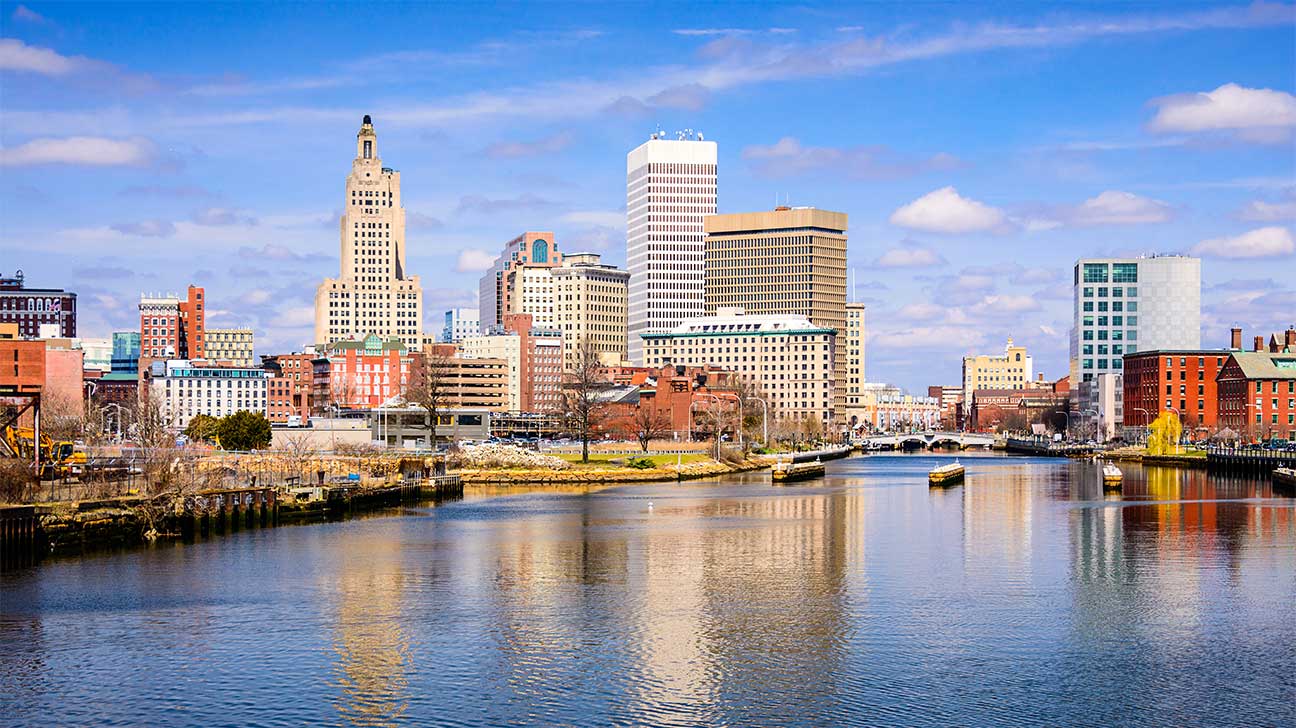When you hear "Smithfield peat Rhode Island," your mind might wander to the lush landscapes of the Ocean State, where nature meets history in unexpected ways. But what exactly is Smithfield peat, and why does it matter? Let me tell you, it’s not just some random piece of earth—it’s a treasure trove of ecological significance and cultural heritage. If you’re into environmental preservation or just love learning about the quirks of Rhode Island, this is the article for you.
Imagine stepping back in time, where layers of decaying plant material have been quietly transforming into something extraordinary. That’s peat for you, folks. In Smithfield, Rhode Island, this natural wonder has been quietly shaping the landscape for centuries. Whether you’re a scientist, a curious traveler, or someone who just loves digging into local stories, this topic has got something for everyone.
Now, before we dive deep into the heart of Smithfield peat, let’s set the stage. This isn’t just about some random patch of wetlands; it’s about understanding how these ecosystems contribute to the global conversation on sustainability and conservation. So, buckle up, because we’re about to explore everything you need to know about Smithfield peat Rhode Island.
Read also:Justin Ryan Simpson The Rising Star You Need To Know About
Here’s your quick guide to navigating this article:
- What is Peat?
- Smithfield Peat Overview
- Ecological Importance of Smithfield Peat
- Historical Significance
- Peat Formation Process
- Conservation Efforts
- Economic Impact
- Tourism and Peat
- Challenges Ahead
- Conclusion
What is Peat?
Peat, my friends, is like nature’s slow-cooked stew. It’s formed over thousands of years from partially decomposed plant material in waterlogged environments. Think of it as the Earth’s version of compost, but way cooler. In places like Smithfield, Rhode Island, peat plays a crucial role in maintaining the balance of ecosystems.
Peatlands are often misunderstood, sometimes dismissed as just swamps or bogs. But here’s the kicker—they’re actually superstars when it comes to carbon storage. Did you know that peatlands store twice as much carbon as all the world’s forests combined? Yeah, that’s how important they are.
Types of Peat
Now, not all peat is created equal. There are different types, each with its own unique characteristics. Here are a few:
- Sphagnum Peat: The most common type, known for its water retention properties.
- Carex Peat: Often found in fens, this type is rich in nutrients.
- Hypnum Peat: A mix of mosses and herbs, this type is great for horticulture.
Smithfield Peat Overview
Smithfield, Rhode Island, is home to some of the most fascinating peatlands in the region. Nestled in the northern part of the state, these wetlands offer a glimpse into the natural processes that have been unfolding for millennia. The Smithfield peatlands are a hotspot for biodiversity, attracting scientists and nature enthusiasts alike.
But what makes Smithfield peat so special? Well, it’s not just the peat itself—it’s the entire ecosystem that thrives around it. From rare plant species to migratory birds, the Smithfield peatlands are a haven for wildlife.
Read also:Irina Shayks Lavish Dog Walk Style A Fashionistas Everyday Glamour
Location and Geography
Located just a stone’s throw away from Providence, Smithfield’s peatlands are easily accessible for those looking to explore. The geography of the area plays a crucial role in the formation and preservation of peat. With its rolling hills and wetlands, Smithfield offers a unique blend of landscapes that support the growth of peat.
Ecological Importance of Smithfield Peat
Let’s talk about why Smithfield peat matters in the grand scheme of things. Ecologically speaking, these peatlands are powerhouses. They act as natural water filters, purifying the water that flows through them. Plus, they provide habitat for countless species, some of which are endangered.
Peatlands also play a vital role in flood prevention. By absorbing excess water during heavy rains, they help mitigate the risk of flooding in surrounding areas. It’s like having a giant sponge in your backyard.
Key Species
Smithfield’s peatlands are teeming with life. Here are a few species you might encounter:
- Cranberry Plants: These little berries thrive in the acidic conditions of peatlands.
- Salamanders: These amphibians love the moist environment of the wetlands.
- Red-winged Blackbirds: A common sight in the skies above Smithfield peatlands.
Historical Significance
Peat has been a part of human history for centuries, and Smithfield is no exception. In the past, peat was harvested for fuel, providing warmth and energy for local communities. It’s fascinating to think about how our ancestors relied on these natural resources to survive.
Today, the historical significance of Smithfield peat is preserved through various initiatives. Museums and educational programs help keep the legacy alive, ensuring that future generations understand the importance of these ecosystems.
Peat Harvesting in Smithfield
Back in the day, peat harvesting was a big deal in Smithfield. People would gather the peat by hand, using simple tools to extract it from the ground. It was a labor-intensive process, but one that was essential for survival. Nowadays, harvesting is strictly regulated to protect the delicate balance of the ecosystem.
Peat Formation Process
So, how exactly does peat form? It’s a fascinating process that involves a lot of patience and a little bit of water. Here’s a quick rundown:
- Decomposition of plant material begins in waterlogged conditions.
- Low oxygen levels slow down the decomposition process.
- Over time, layers of peat build up, creating a rich, organic material.
It’s like nature’s version of slow cooking. The result? A valuable resource that supports biodiversity and helps combat climate change.
Conservation Efforts
Preserving Smithfield peatlands is a top priority for environmentalists and local authorities. Various initiatives are in place to ensure the long-term health of these ecosystems. From rewilding projects to public education campaigns, there’s a lot being done to protect this natural wonder.
One of the biggest challenges is balancing conservation with development. As the population grows, there’s increasing pressure on land use. But with careful planning and collaboration, it’s possible to find solutions that work for everyone.
Community Involvement
Local communities play a crucial role in conservation efforts. Volunteer programs, citizen science projects, and community events help raise awareness and foster a sense of stewardship. It’s all about working together to protect the environment.
Economic Impact
Smithfield peatlands may seem like a quiet corner of Rhode Island, but they pack a punch when it comes to economic impact. From eco-tourism to scientific research, these wetlands contribute significantly to the local economy.
Plus, they provide valuable ecosystem services that benefit everyone. Clean water, flood prevention, and carbon storage are just a few examples of how peatlands give back to the community.
Tourism and Peat
For those looking to experience the beauty of Smithfield peatlands firsthand, there are plenty of opportunities. Hiking trails, birdwatching tours, and educational programs offer a glimpse into the wonders of these wetlands.
And let’s not forget the cultural aspect. Visiting Smithfield peatlands is like stepping into a living museum, where history and nature come together in harmony.
Tips for Visitors
Planning a trip to Smithfield peatlands? Here are a few tips to make the most of your visit:
- Wear sturdy shoes suitable for wet terrain.
- Bring binoculars for birdwatching.
- Respect the environment by staying on designated trails.
Challenges Ahead
While there’s a lot to celebrate when it comes to Smithfield peatlands, there are also challenges to address. Climate change, habitat destruction, and pollution are just a few of the threats facing these ecosystems.
But here’s the good news: with the right strategies and support, we can overcome these challenges. It’s all about being proactive and working together to protect our natural heritage.
Conclusion
In conclusion, Smithfield peat Rhode Island is a treasure trove of ecological, historical, and cultural significance. From its role in carbon storage to its impact on local economies, peatlands are vital for the health of our planet.
So, what can you do? Start by learning more about these incredible ecosystems. Share this article with your friends and family. And if you’re feeling adventurous, plan a visit to Smithfield and see the magic for yourself.
Remember, every little action counts. By supporting conservation efforts and spreading awareness, we can ensure that Smithfield peatlands continue to thrive for generations to come. So, let’s get out there and make a difference!


